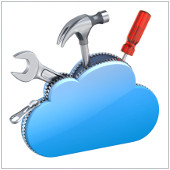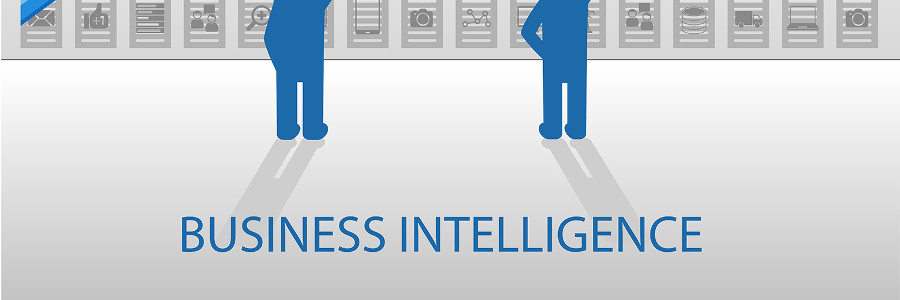 There are many marketing techniques SMBs use to gain clients. Free information products, brochures, and press releases are just a few among many. But how do you know what’s most effective? It all comes down to looking at data and seeing for yourself what’s worked before. We’ve gone through the trouble of doing just that, so you can see how one age-old marketing technique can give a big boost to your business.
There are many marketing techniques SMBs use to gain clients. Free information products, brochures, and press releases are just a few among many. But how do you know what’s most effective? It all comes down to looking at data and seeing for yourself what’s worked before. We’ve gone through the trouble of doing just that, so you can see how one age-old marketing technique can give a big boost to your business.
What is one thing every consumer has in common? They all love to save money. This is why the marketing technique of offering coupons is still as effective today as it was decades ago. Shocked? Don’t believe this is true? Well, let’s explore some statistics.
A recent report by Valassis, a large marketing firm that serves clients across the globe, provided some enlightening information on the effectiveness of coupons. Here’s what they discovered in terms of how coupons influence consumers.
- 82% of all consumers are more likely to buy from a brand they wouldn’t normally because of a coupon
- 85% are influenced to try a new product because of a coupon
- 84% are more likely to switch brands because of the weekly specials on offer
- 24% choose to shop at another brand’s store over their preferred because of better advertised bargains
This same report also uncovers some interesting data about brand loyalists, revealing that 78% are more likely to buy from a brand they wouldn’t normally patronize, due to a coupon. While this number is surprising close to the amount of total consumers influenced by coupons (as mentioned in the first bullet point above) this next bit of data may come as more of a surprise: 43% of brand loyalists have a more positive view of a company that offers coupons over those who don’t.
While this recent report goes a long way to revealing the benefits of coupons, how do they compare to another common marketing offer used today: free information products?
The appeal of coupons over information products
According to one marketing firm based in Waterford, Connecticut, a coupon was chosen 9 out of 10 times over an ebook when offered simultaneously. This raises an interesting question: why would a coupon be more effective than a free ebook or other information product? Let’s look at some common psychology triggers at play here.
Broad appeal – simply put, coupons have mass appeal. While information products are likely to be seen as more valuable to those with a higher education, a coupon can appeal to all income brackets – from the very wealthy to the very poor.
Instant value – to gain results from an information product requires a time investment and action. For example, if a customer receives a free 30 page ebook that explains how to get the best discounts on electronic equipment, he or she needs to read the book and then take action (and possibly create a plan) to gain the rewards of that time investment. Many consumers would rather spend their time doing something else, but a coupon on the other hand offers immediate value. Simply hand it over to the service provider, and you save money instantly. What’s not to love about that?
Uniqueness – the online marketplace is flooded with free information products. While they’re still an effective tool to gain a prospect’s email address, far fewer businesses offer coupons on their website, especially in the small business sector. By offering a coupon, you provide a free offer that immediately separates you from the pack.
The point here is that just because a marketing tool is popular doesn’t mean it’s the most effective. This is why we encourage you to review data and statistics before implementing any marketing technique in your business. It can save you a whole lot of time and also make your business stand out.
Want more valuable business information that can help you connect better with your customers? Curious to learn how IT can help collect data more easily? Call us today to find out more.



 Most business owners are quick to think that utilizing mobile devices automatically leads to more productivity. Unfortunately, this is not always true. A poor mobile device policy can actually lead to burnout and see your employees become overwhelmed by technology. Here’s how to avoid these pitfalls and get the most out of mobile devices in the workplace.
Most business owners are quick to think that utilizing mobile devices automatically leads to more productivity. Unfortunately, this is not always true. A poor mobile device policy can actually lead to burnout and see your employees become overwhelmed by technology. Here’s how to avoid these pitfalls and get the most out of mobile devices in the workplace.
 When purchasing new technology, how often do you consider its return on investment? For many business owners, calculating ROI is a tricky task that is sometimes skipped altogether. It shouldn’t be because if IT isn’t saving you money, it’s costing you. Here’s how you can gain a better understanding of technology ROI and how you can calculate it in your business.
When purchasing new technology, how often do you consider its return on investment? For many business owners, calculating ROI is a tricky task that is sometimes skipped altogether. It shouldn’t be because if IT isn’t saving you money, it’s costing you. Here’s how you can gain a better understanding of technology ROI and how you can calculate it in your business.
 With technology changing so rapidly, it’s easy to get caught up in outdated beliefs. And when it comes to Disaster Recovery, far too often do we see business owners still clinging to ideas that no longer apply. So, what kind of DR myths are still widely accepted by the masses? Here are three that need to be retired into IT folklore.
With technology changing so rapidly, it’s easy to get caught up in outdated beliefs. And when it comes to Disaster Recovery, far too often do we see business owners still clinging to ideas that no longer apply. So, what kind of DR myths are still widely accepted by the masses? Here are three that need to be retired into IT folklore.




